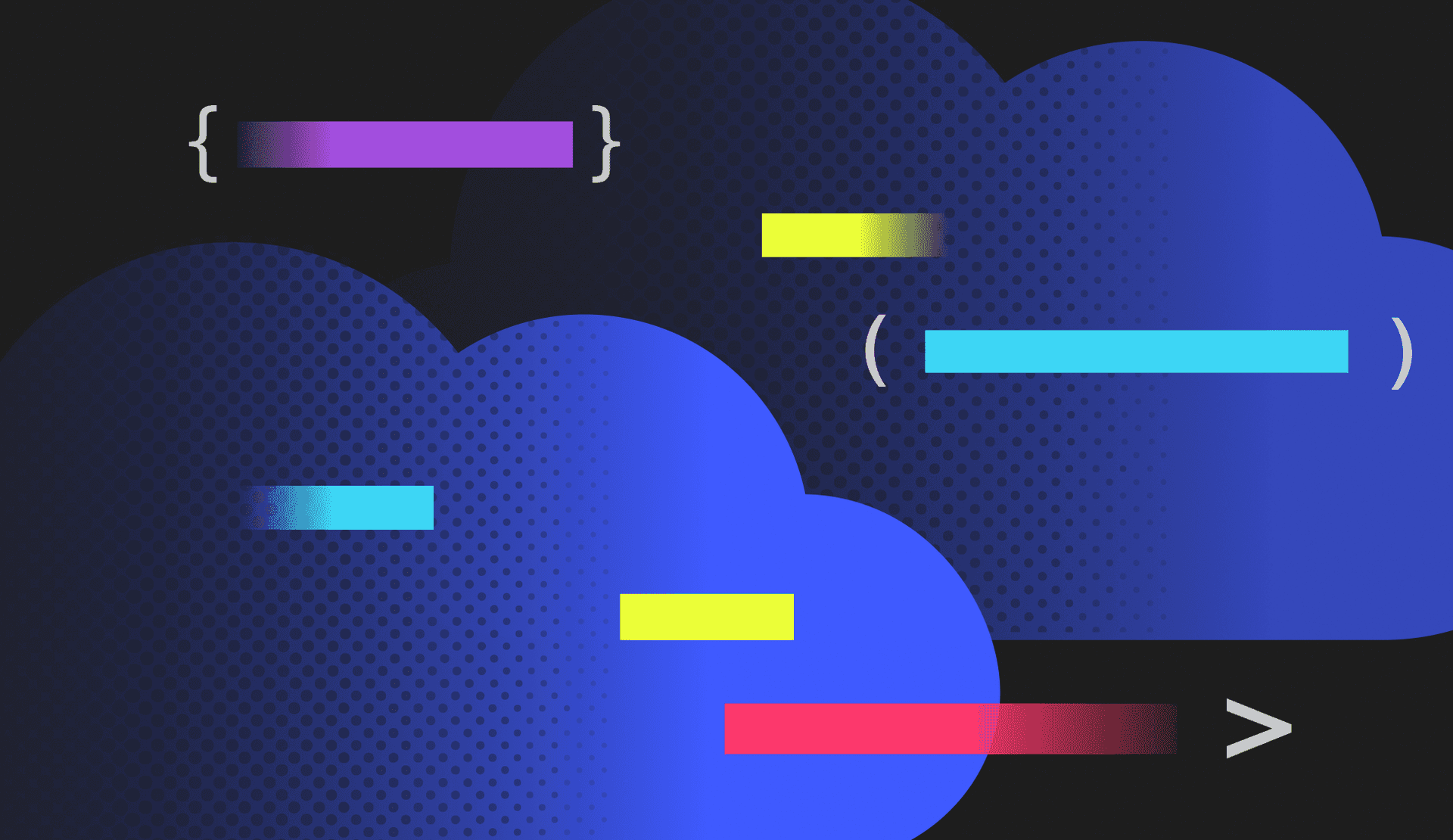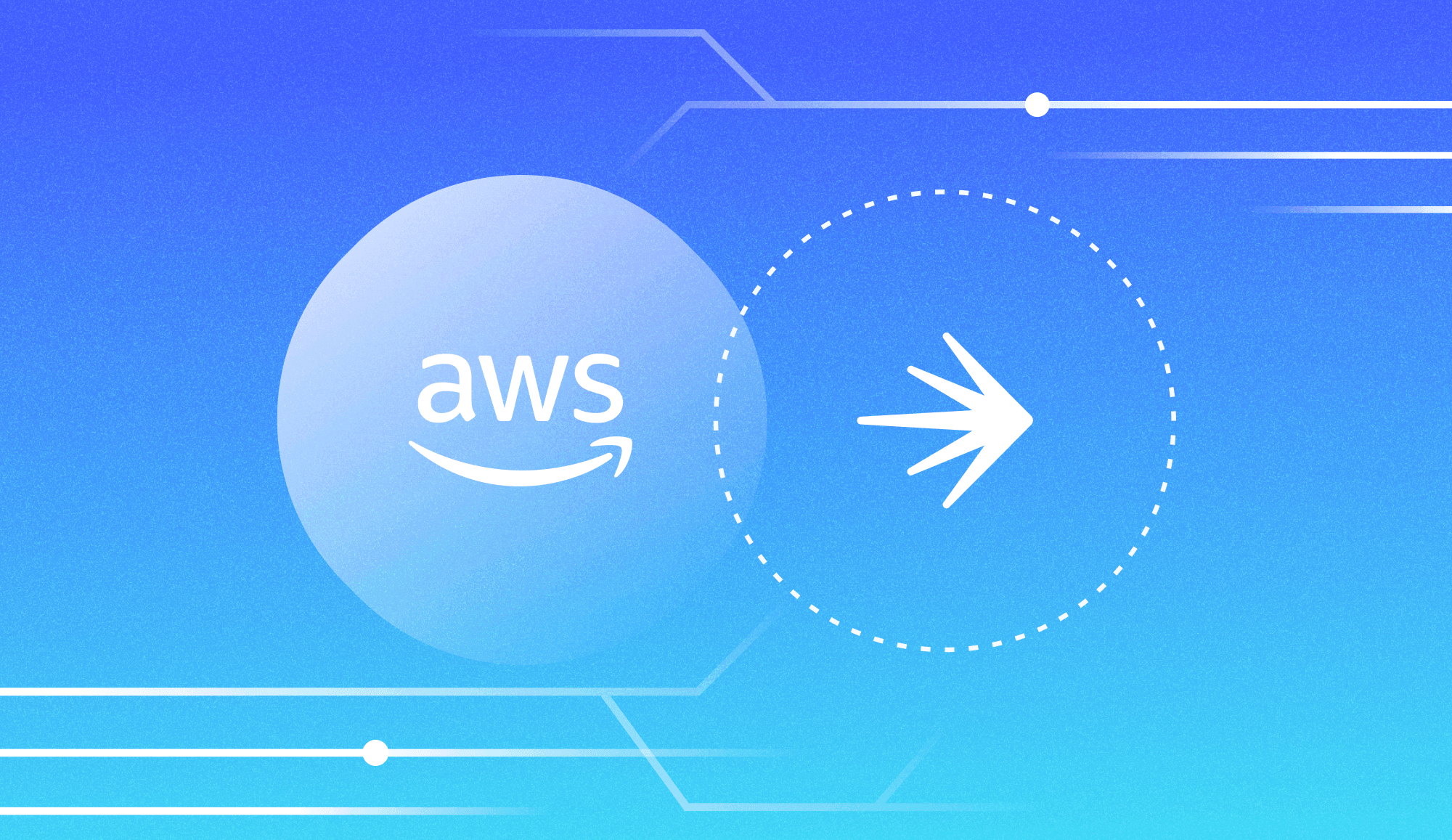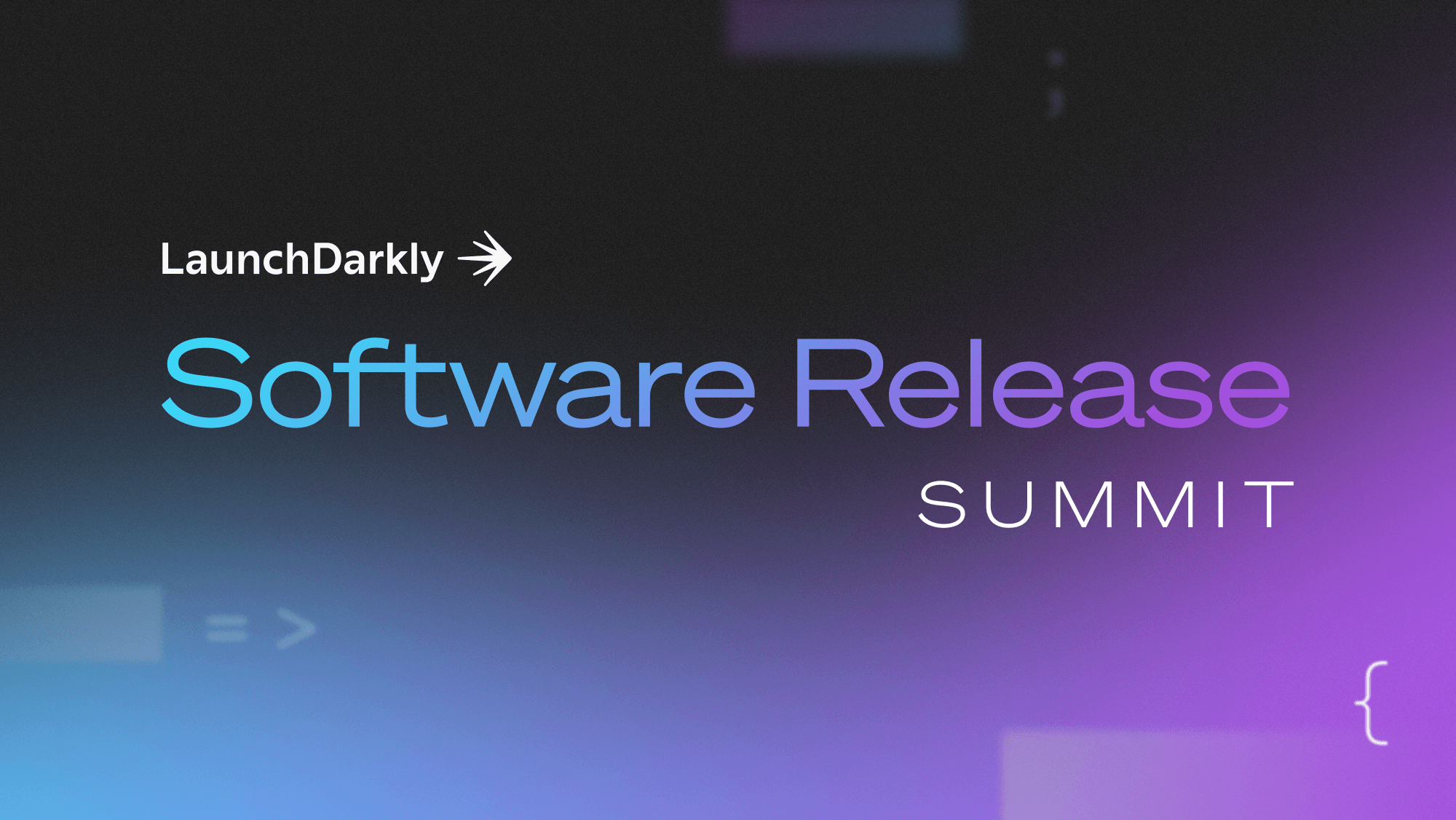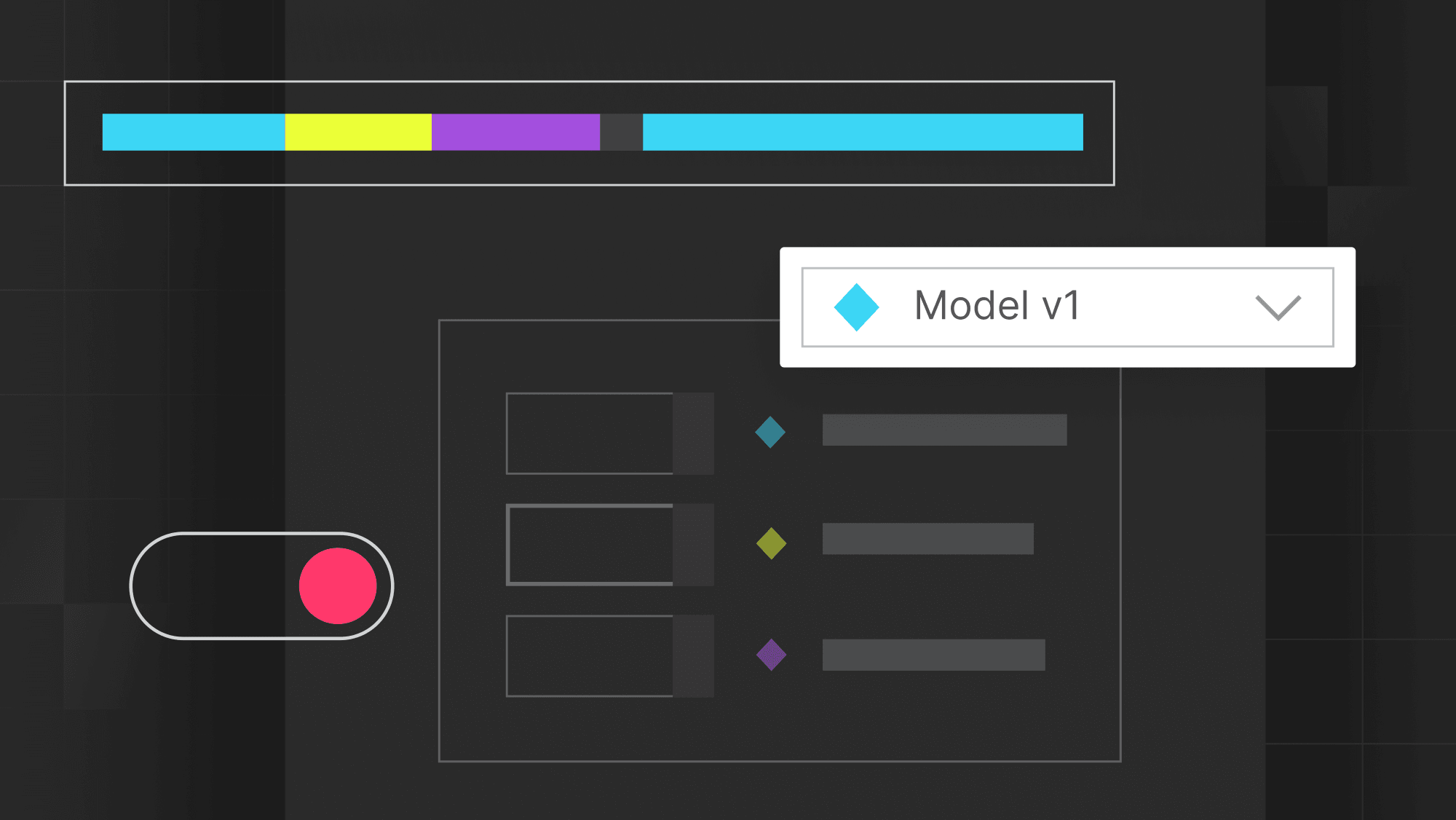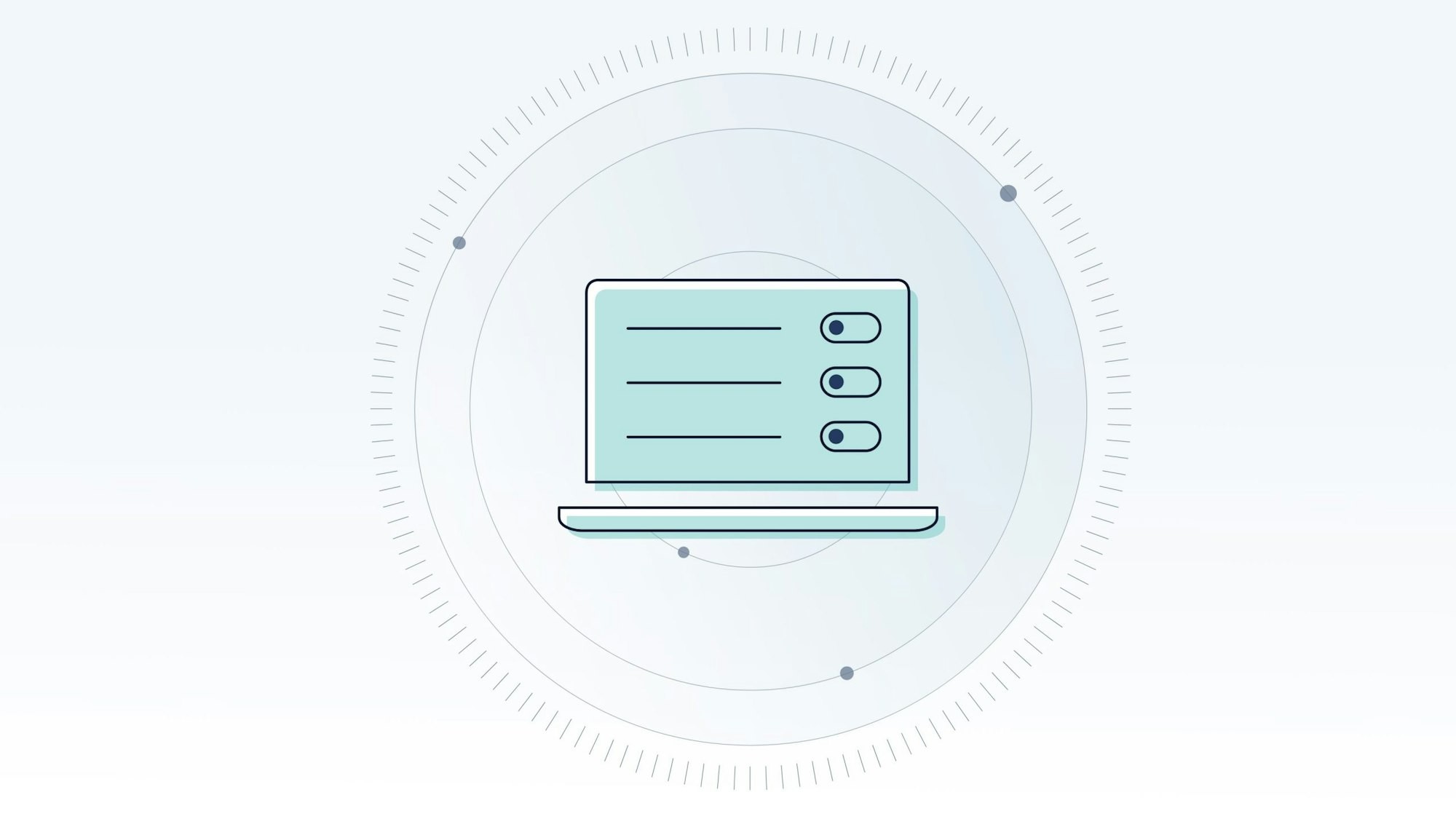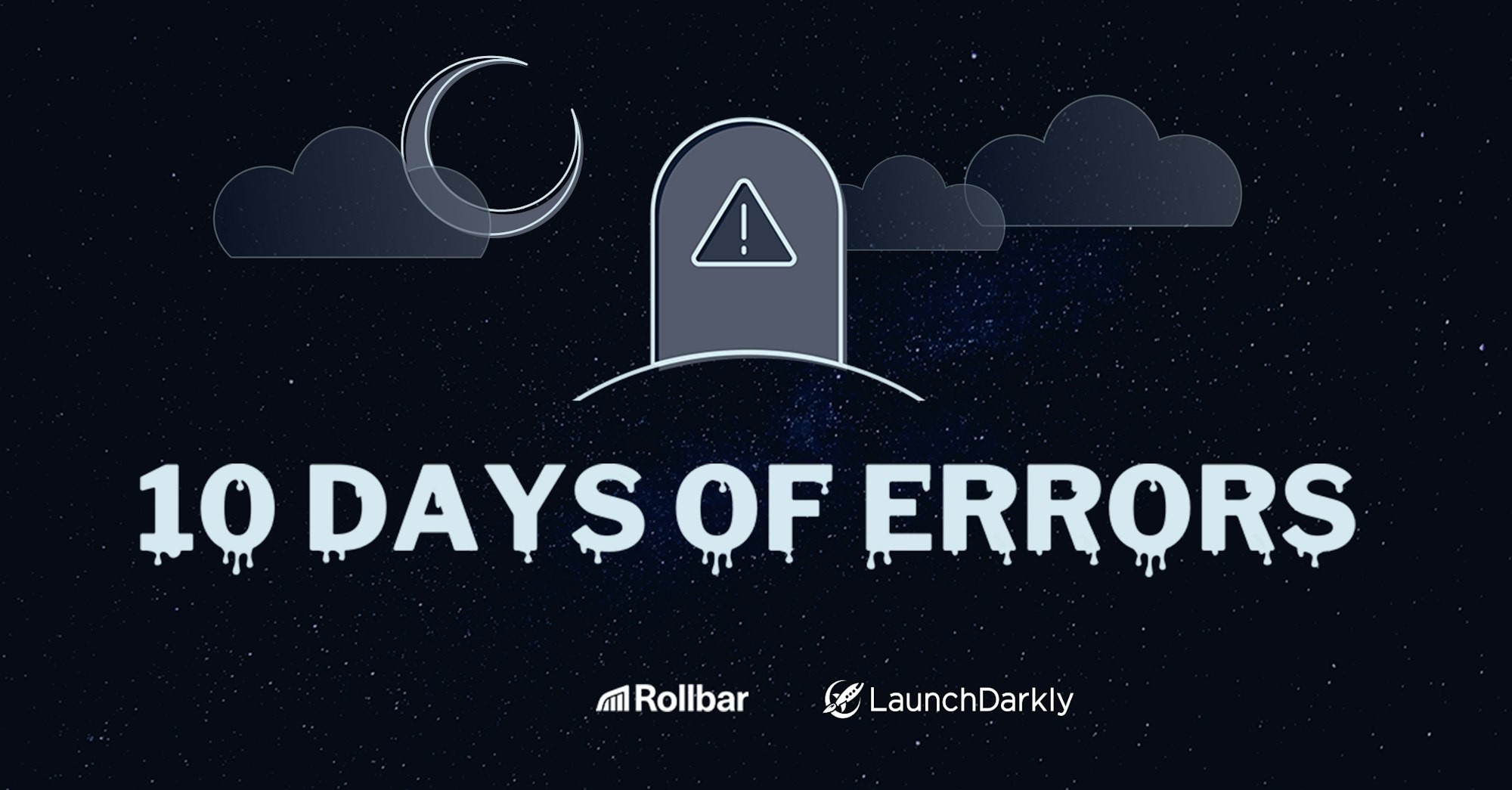One of the unexpected outcomes from the onset of the COVID-19 pandemic was how businesses responded. After many organizations quickly shifted to a distributed workforce, they also realized they needed to make a number of digital transformation efforts quickly.
In a conversation with author Gene Kim earlier this year, he spoke about the impact 2020 had on companies and how, in the middle of a genuine crisis, there was a realization that the old way of doing things was no longer going to cut it.
“The technology community delivered when it was needed the most at a time of incredible change,” Kim said.
As we head into 2022, amidst a swirl of uncertainty, it’s important to recognize that need for modernization—including updating architecture and infrastructure—didn't start with a global pandemic. Modernization is not a “set it and forget it” endeavor; it’s a constantly-changing process that’s always evolving. And your organization is going to need to invest in tools that’ll enable the fluidity of these transformations, and the ones on the horizon.
Traditional thinking around modernization efforts is that they are so large scale and high risk, they’re better put off until absolutely necessary. That approach is sort of like waiting to see how far your car can travel on an empty gas tank, except with far larger consequences.
To be fair, there are a number of reasons why companies would seek to avoid undergoing a cloud migration, for instance. In our new offering, “A Guide to App Modernization for the Risk-Averse,” we run down some of the biggest risks that keep organizations from moving forward with large-scale initiatives, and how feature flags can take some of the worries out of the process.
The risks of modernization
Technology leaders are held back by the potential risks involved with large-scale migrations. But what are the biggest risks, and what would be the business outcome? Here are some threats that are top of mind:
- Data loss: A poor database migration—either to a new database technology or to the cloud—can result in a loss of data, duplicate data, or other adverse outcomes. If data becomes corrupt or inaccessible, the broader business impact could be significant.
- Performance issues: Large-scale migrations have the potential for complete software outages or reduced performance. For business-critical applications, operations teams may be forced to quickly roll back a release to minimize the impact on end-users.
- Unexpected challenges: Every migration project is different, and unforeseen issues often arise. This is especially true for organizations that already have underlying problems or technical debt that is hard to detect.
To be sure, these concerns are real and valid. In heavily-regulated industries like financial services and healthcare, a poor system migration could violate privacy or data management laws and expose the business to millions of dollars in fines. Even for those organizations in less regulated industries, the threat of data loss or a software outage alone is enough to hesitate an executive to sign off.
One way to reduce these risks is to stop viewing migrations or other modernization efforts as a sort of big-bang event that must happen all at once. Through the use of feature flags, you can reduce migration risks for large-scale digital initiatives, and proceed at your own pace.
De-risking modernization with feature flags
What makes the use of feature flags so transformative for modernization efforts is that they let you roll out new systems to end-users strategically.
When code deployments and releases (i.e., code changes that are accessible to end-users) are decoupled, enterprises have more control over the migration of large and highly-complex systems. Teams can push code into production to release new systems, while gradually shifting users off the legacy platform.
Using feature flags to mitigate migration risks for large-scale digital initiatives also unlocks benefits such as progressive rollouts and improved visibility, and limits the impact of issues on users.
We cover these benefits in full, as well as explain why the use of feature flags alone is not a silver bullet for modernization, in “A Guide to App Modernization for the Risk-Averse.” Check it out and if you're interested in reading how one of our customers executed such a feat in a way that was smooth and uneventful, read TrueCar's story.


